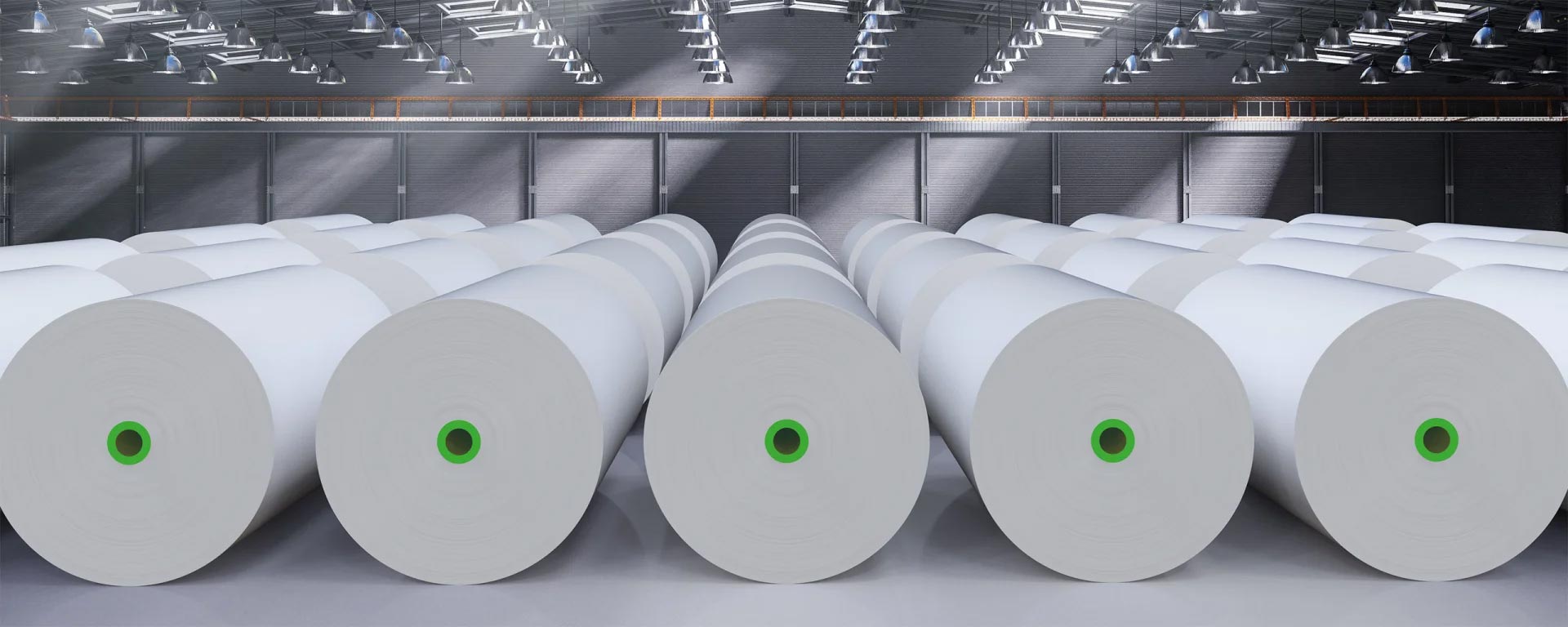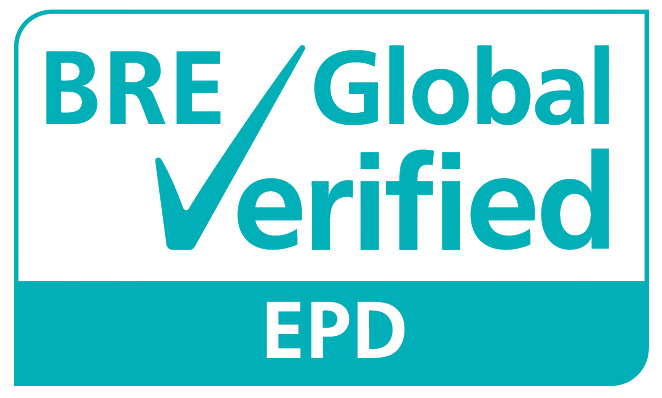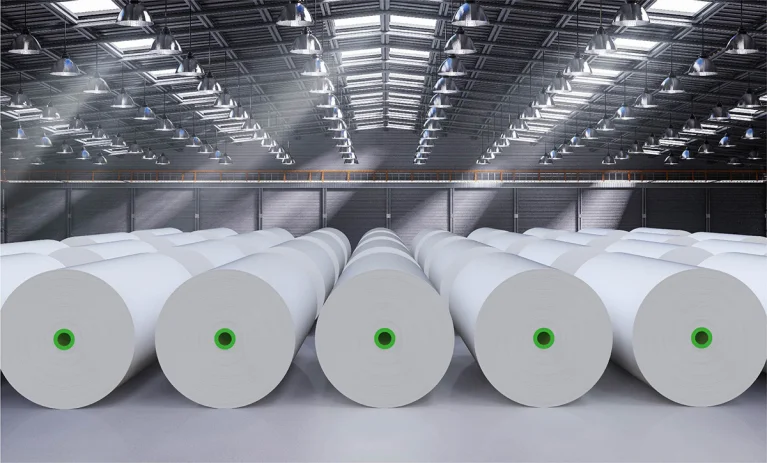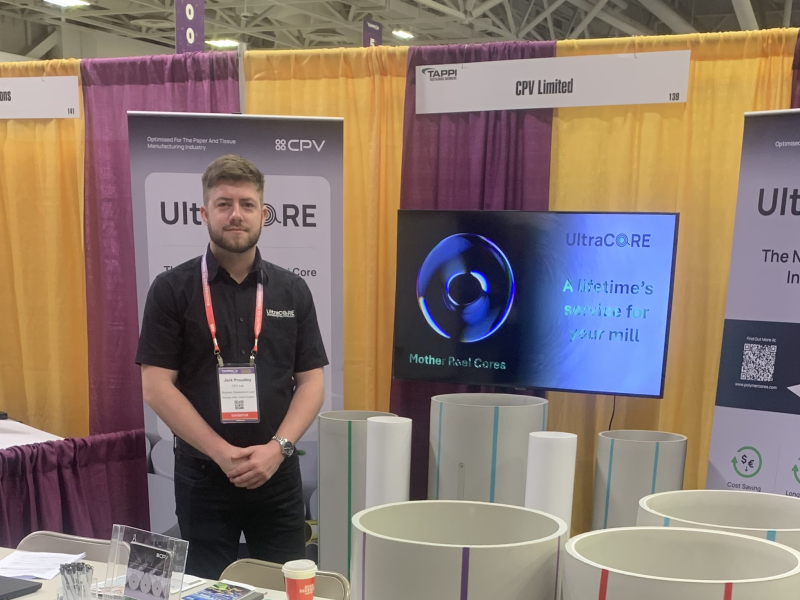
21 October 2025
Why Environmental Product Declarations Matter and What UltraCORE’s Verified Data Shows
An Environmental Product Declaration (EPD) turns environmental claims into measurable facts. It shows how a product performs over its life from raw materials to end of use – using recognised international standards.
UltraCORE now holds a verified EPD from BRE Global Ltd, confirming its environmental impact has been independently assessed and verified.
Read more about UltraCORE (EPD), verified by BRE Global Ltd.

This declaration adds to CPV’s existing ISO 9001 quality management and ISO 14001 environmental management certifications. Together, they confirm that our products are made under controlled, audited systems that meet global standards for both quality and sustainability.
What an EPD Tells You
An EPD is like a technical fact sheet. It lists measurable impacts such as carbon footprint, energy use, and waste. Each figure comes from a life cycle assessment (LCA) that follows the European standard EN 15804 and the international rule ISO 14025.
The UltraCORE EPD covers:
- Raw materials – virgin and recycled polypropylene
- Manufacturing and transport
- Use phase – designed for at least 25 years in continuous operation
- End-of-life – including recovery and recycling potential
It gives a transparent, standardised picture of how the product performs environmentally from start to finish.
Comparing UltraCORE with Cardboard/Fibre Cores
The most useful indicator in an EPD is Global Warming Potential (GWP) the carbon footprint expressed in kilograms of CO₂ equivalent.
For UltraCORE, the total GWP is about 31.7 kg CO₂e per metre of product.
For cardboard/fibre cores, published EPDs show a lower number per unit, but this difference disappears when service life is taken into account.
A typical cardboard/fibre core lasts only four to six production cycles before replacement.
An UltraCORE can last 150 cycles or more, often running for decades in continuous operation.
When you divide environmental impact by the number of uses, UltraCORE’s footprint per use becomes significantly lower. This is the key idea behind life-cycle comparison: a longer-lasting product delivers lower total impact, even if it takes more energy to make.
Verified Data – Not Claims
UltraCORE’s EPD has been third-party verified by BRE Global Ltd, following EN 15804:2012 + A2:2019. It is registered under EPD No. 000721 and valid until July 2030.
This independent verification means the data is traceable, consistent, and comparable with other certified EPDs including those for cardboard/fibre alternatives such as Corex Group’s fibre-based cores.
Alongside this, CPV’s ISO 9001 certification confirms a consistent, audited approach to manufacturing quality. ISO 14001 shows that we operate under a structured environmental management system that tracks energy, waste, and emissions.
These certifications demonstrate that the same discipline and transparency behind our EPD also apply to how UltraCORE is made every day.
Why This Matters
Paper and tissue producers face increasing pressure to cut carbon emissions and reduce waste.
Using verified data makes these decisions easier.
Choosing UltraCORE means:
- A core with a service life of 150+ cycles
- Lower total carbon impact than short-lived cardboard/fibre alternatives
- A fully recyclable product that supports circular manufacturing
- Production under ISO 9001 and ISO 14001 certified systems
This combination of verified data and certified process control gives buyers confidence that environmental benefits are real and repeatable.
Statement of Verification
You can read the full UltraCORE Environmental Product Declaration (EPD), verified by BRE Global Ltd.
It provides the complete lifecycle data behind these results and allows direct comparison with cardboard or fibre-core EPDs that exist.
UltraCORE: Durable. Recyclable. Verified by BRE. Backed by ISO 9001 and ISO 14001.

